Environment
Welcome to Bunkers Park
Bunkers Park, as we know it today, started in 1995 when Dacorum Borough Council (DBC) acquired the land from the Commission for New Towns (later known as English Partnerships). Prior to this, the land had been farmed for many centuries with maps from 1877 showing the field boundaries. The hedgerows along the edges of the park are thought to date back to the 10th century and locally there is evidence of an Iron Age farmstead just to the south west of the Park.
With the land in the possession of the Council, and following work carried out by the Herts and Middlesex Wildlife Trust, plans were put together in 1997 to identify a vision for the future open space. The Management Plan was finalised by the end of that year and in February 1998, with the help of 200 local residents and 600 local school children, Chambersbury Wood was planted in the fields on the northern side of the Park. The planting was so successful that, 12 years later, it became necessary to thin out some of the trees to allow others to develop to their full potential. The Park extends to 123 acres and, together with Long Deans, forms a leisure area and nature reserve to the east of Hemel Hempstead. The land forms a natural boundary to development and is part of the Green Belt surrounding the town.
Some of the original field names remain, such as Long Saunders (adjoining Bunkers Lane), Bunkers Common and White Field, which is now known as Bottom Field, while Chambersbury Wood is where Winchdells and Hill Field used to be. Mattens are the fenced pastures in the fields once called Winchdells and Rumballs and are now home during summer months to a small herd of Belted Galloway cows from Box Moor Trust.
In 2021 DBC has assumed control of the fields on the other side of Bunkers Lane, marked on the map as Pond Field and Long Saunders which had been rented to a local farmer. They now form part of Bunkers Park although the actual layout is yet to be decided. Several rows of hedging were planted in the lower of the Top Field near the new gate off Bunkers Lane. The purpose of the hedging was to protect the view as new vehicle access to the extension fields over the lane has been created to allow working vehicles to cross between Top Field and Pond Field. These gates are heavy-duty barrier gates to prevent unwanted access.
The Map below shows the location of the park with details of its layout,
access points and footpaths.

In 2022, following an enquiry into the wildlife habitats and ecology of the Chiltern Beechwoods Special Area of Conservation a moratorium was placed on all new residential permissions within a 12.6 km radius of Ashridge (this is approximately the distance from Ashridge House to the Centurion Club). As a result, no new developments would be announced in this area until mitigation measures were implemented. These measures would involve the nomination of areas of Suitable Alternative Natural Greenspace (SANG).
In November 2022, a resolution was passed by DBC which would have a considerable effect on Bunkers Park. The area was designated as a Suitable Alternative Natural Greenspace (SANG). A Management Plan was drawn up which envisaged improved access, footpaths, signage, etc which would be a huge benefit in the long term. Full details can be found here.
In 2024, DBC appointed the Suitable Alternative Natural Greenspace (SANG) Delivery Officer and works are underway to improve the site as per the SANG management plans. Initial works have included:
- Hedge-laying in The Mattens to create a natural livestock barrier and open views across the fields
- Replacing livestock fencing in The Mattens, installing a new cattle pen and extending Cattle grazing area into the Marl Pit
- Replacing and repairing steps between The Mattens and Chambersbury Wood to improve safe access
- Hedgerow creation in Pond Field and Long Saunders for habitat creation
- Tree planting for additional woodland habitat creation.
Upcoming works to be expected on site include:
- Installation of new signs and waymarker posts to improve accessibility and interaction
- Continued hedgerow creation in Pond Field and Long Saunders for further habitat creation
- Retrofitted mesh onto vehicle barrier gates over Bunkers Lane to improve security for dogs and young children
For further plans please refer to the management plan in this link.
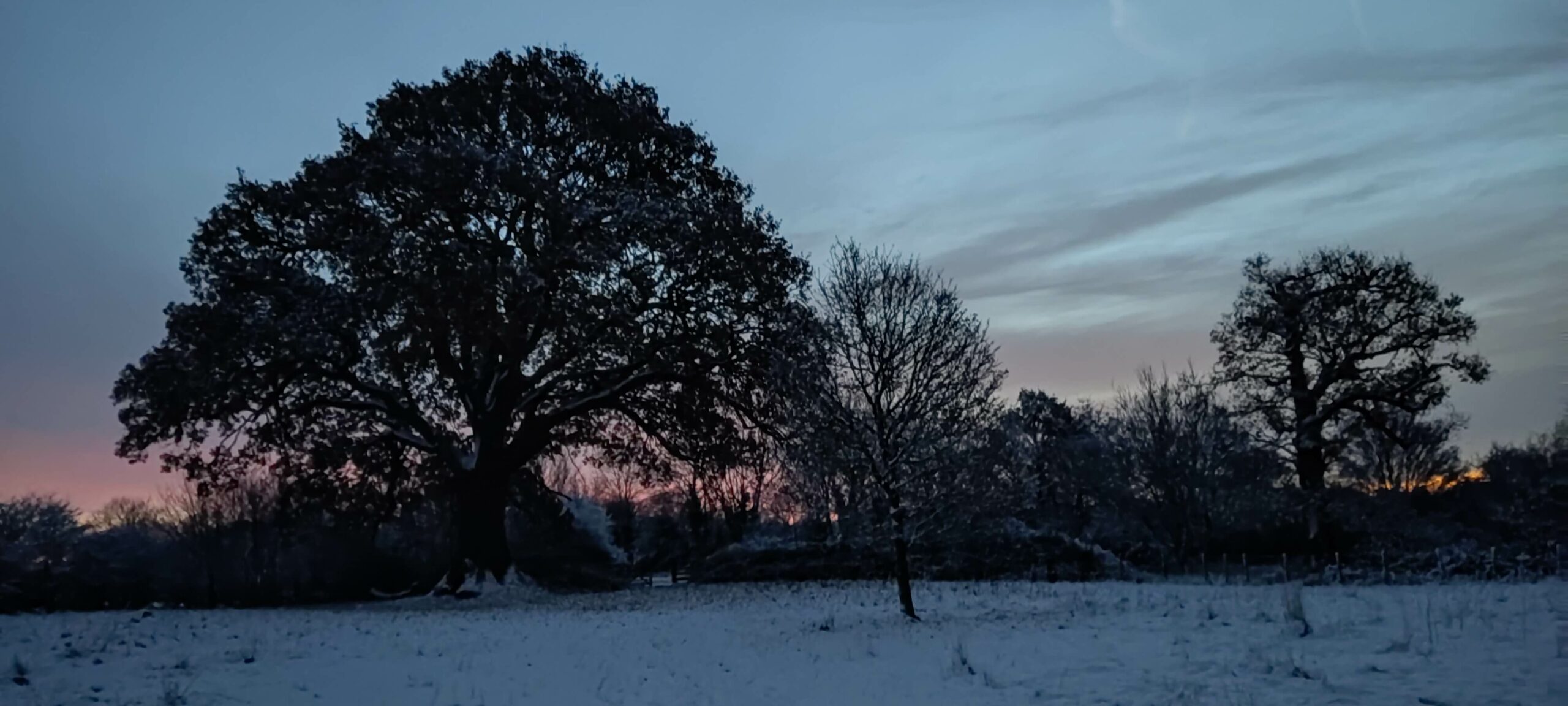
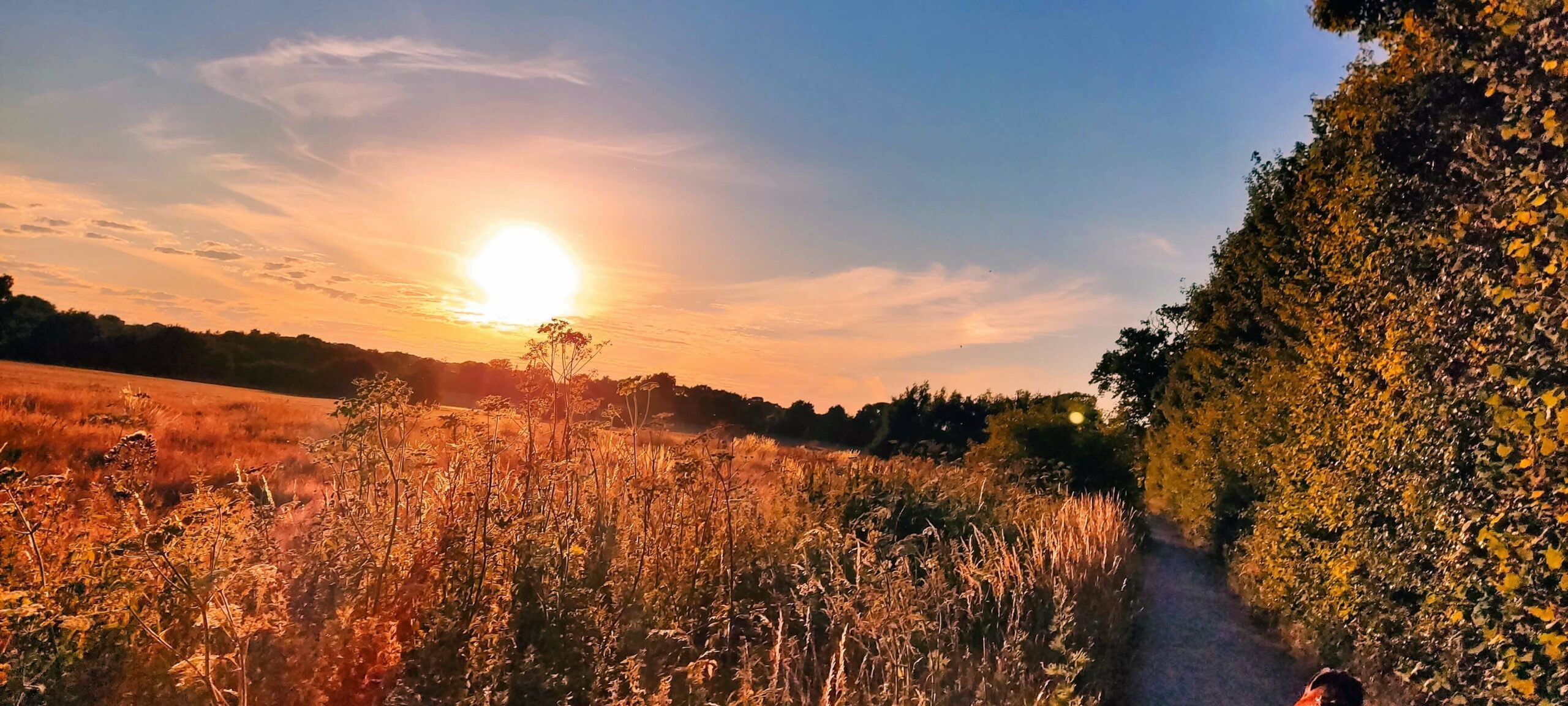
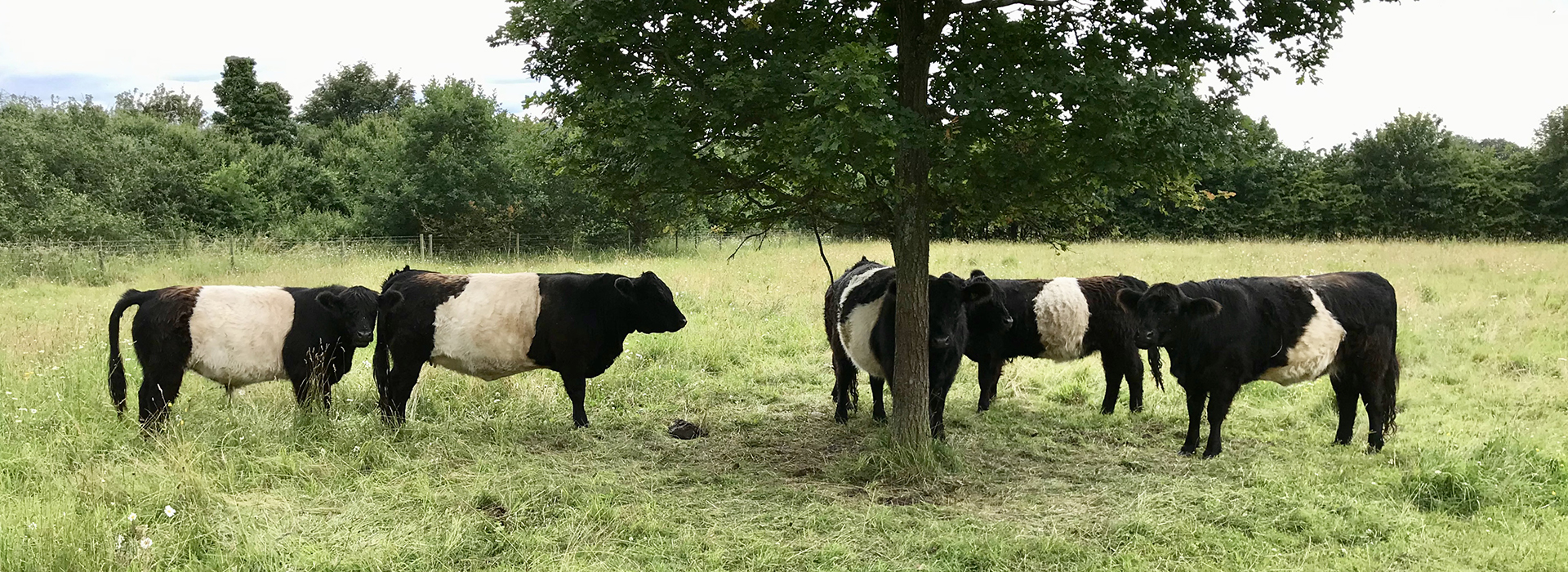
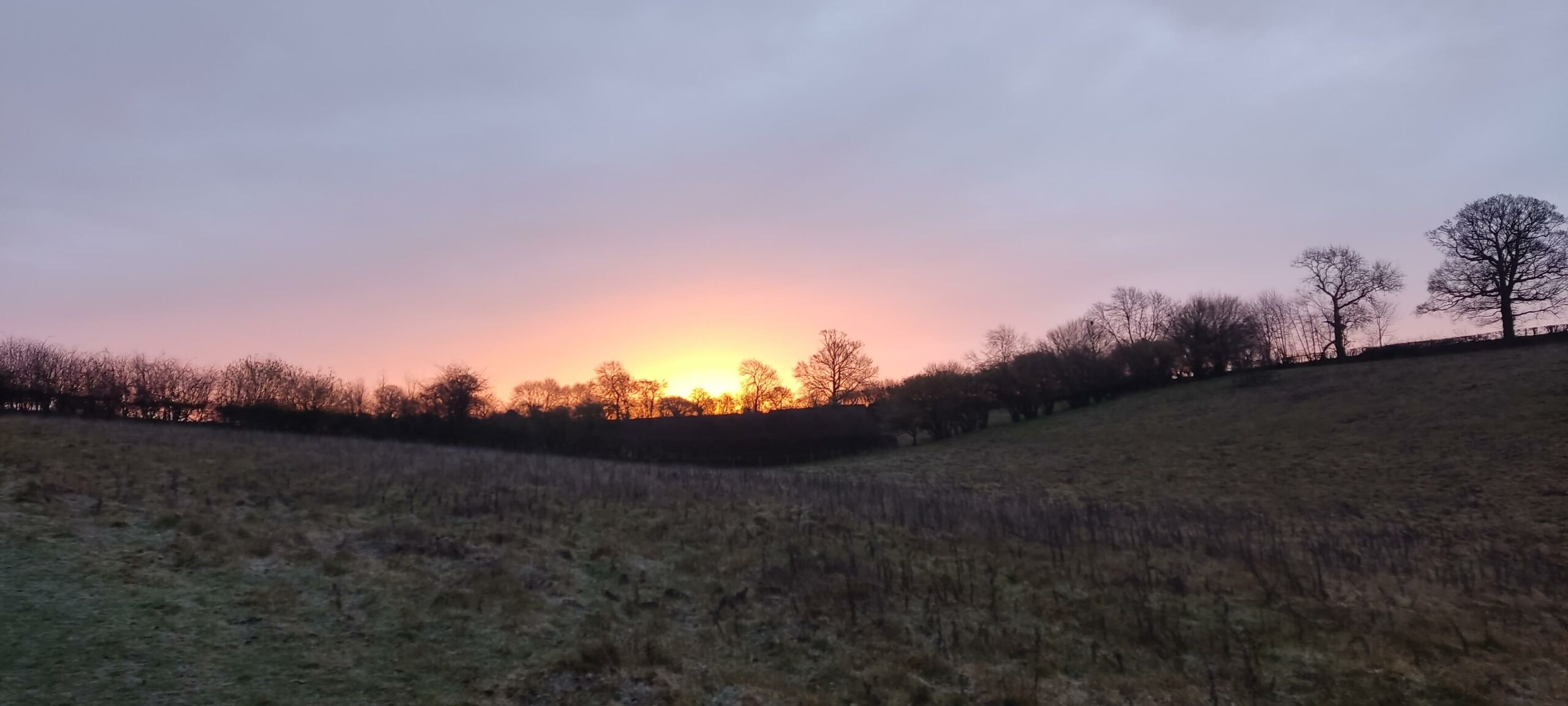
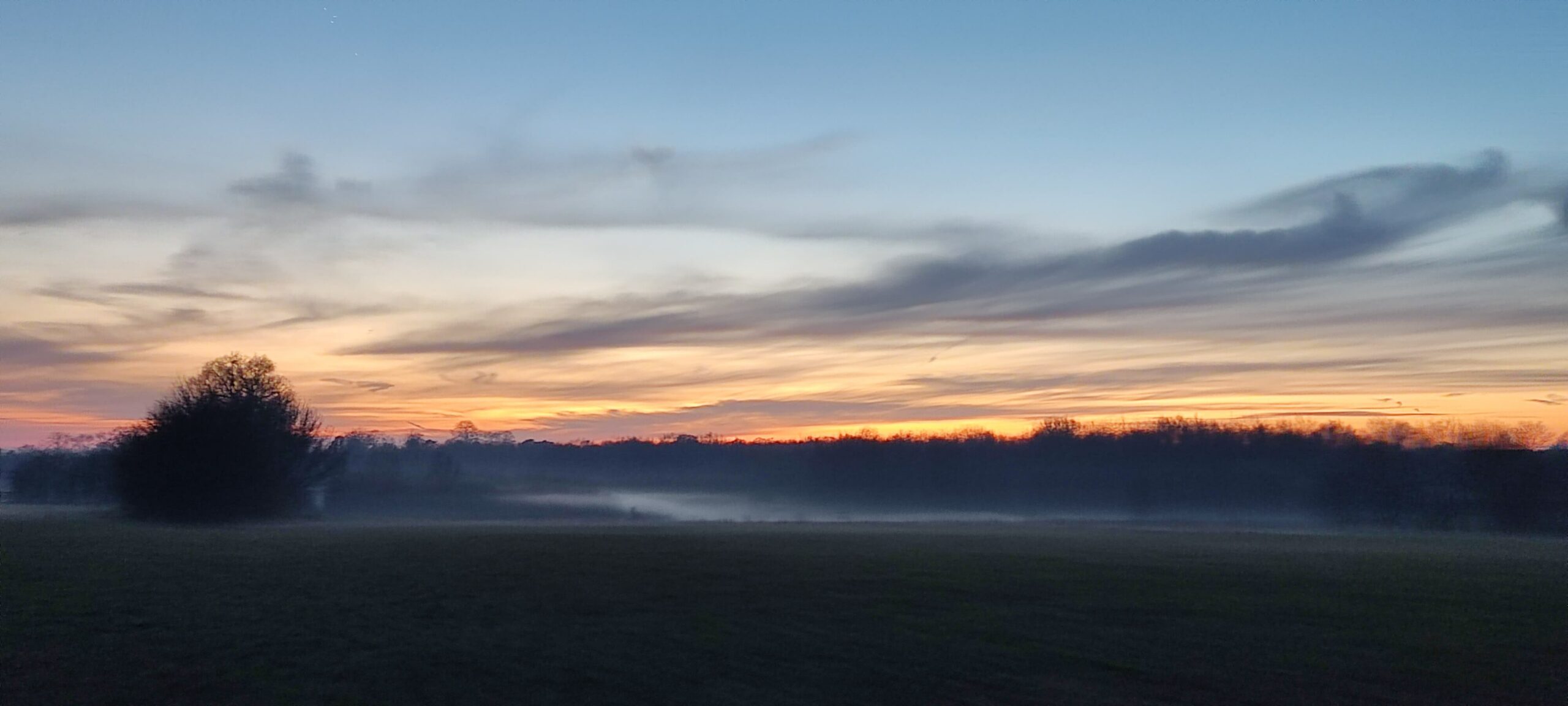
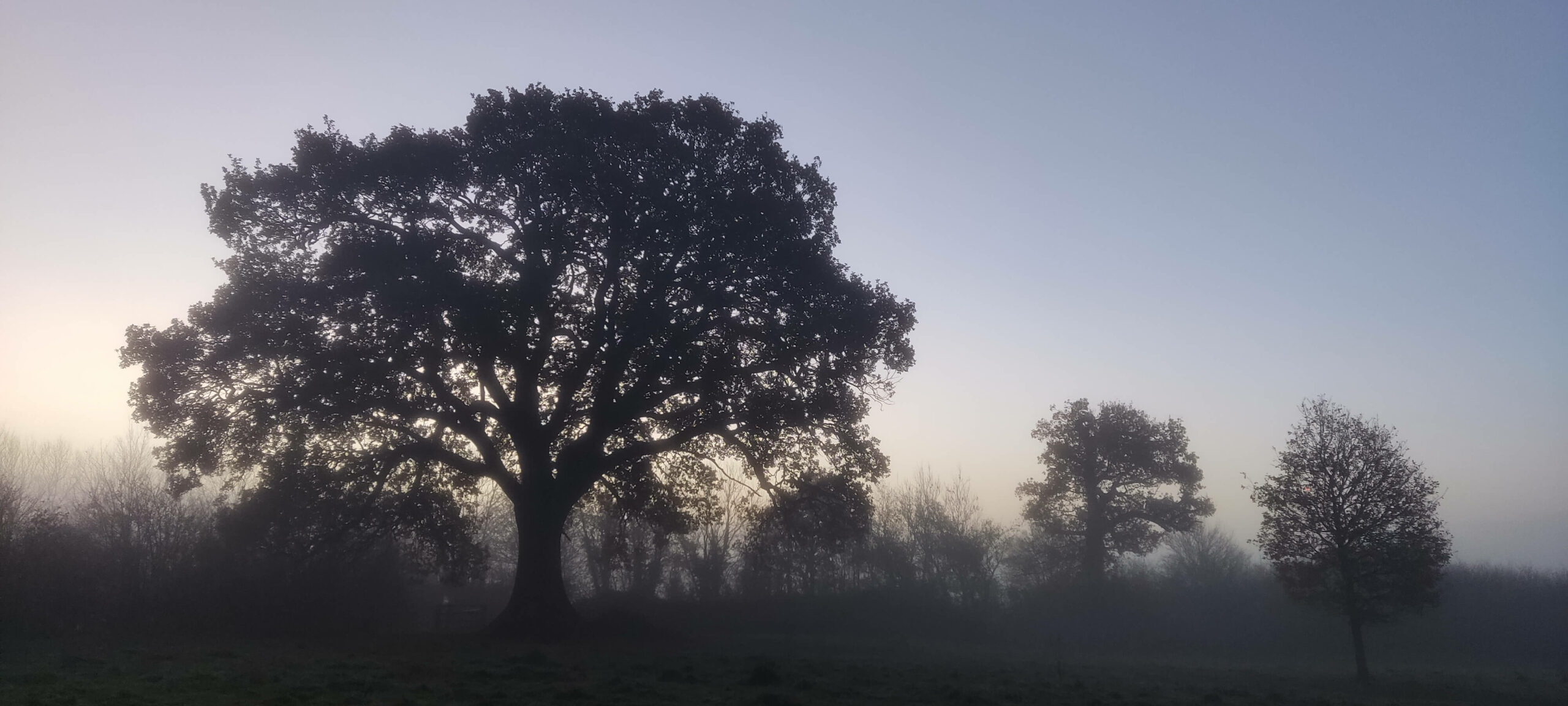
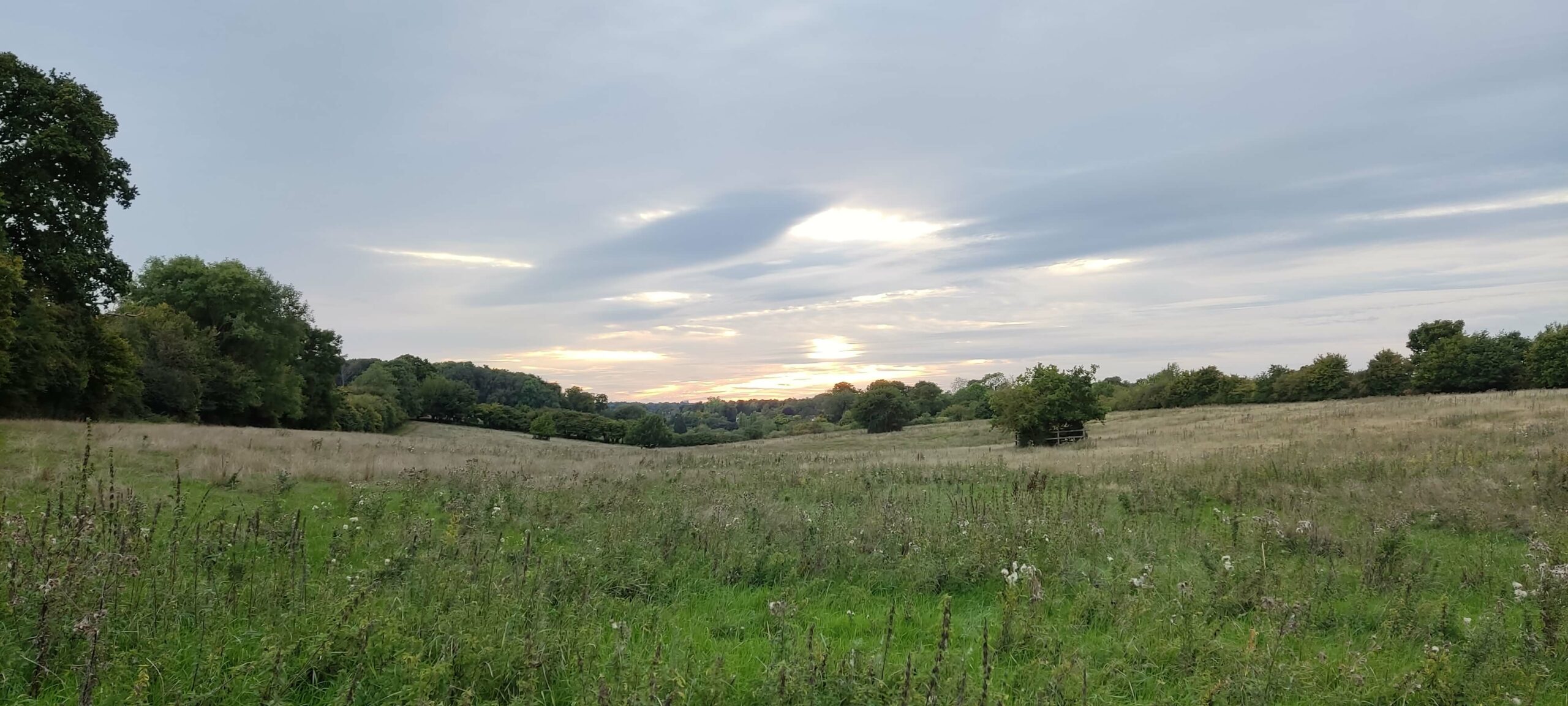
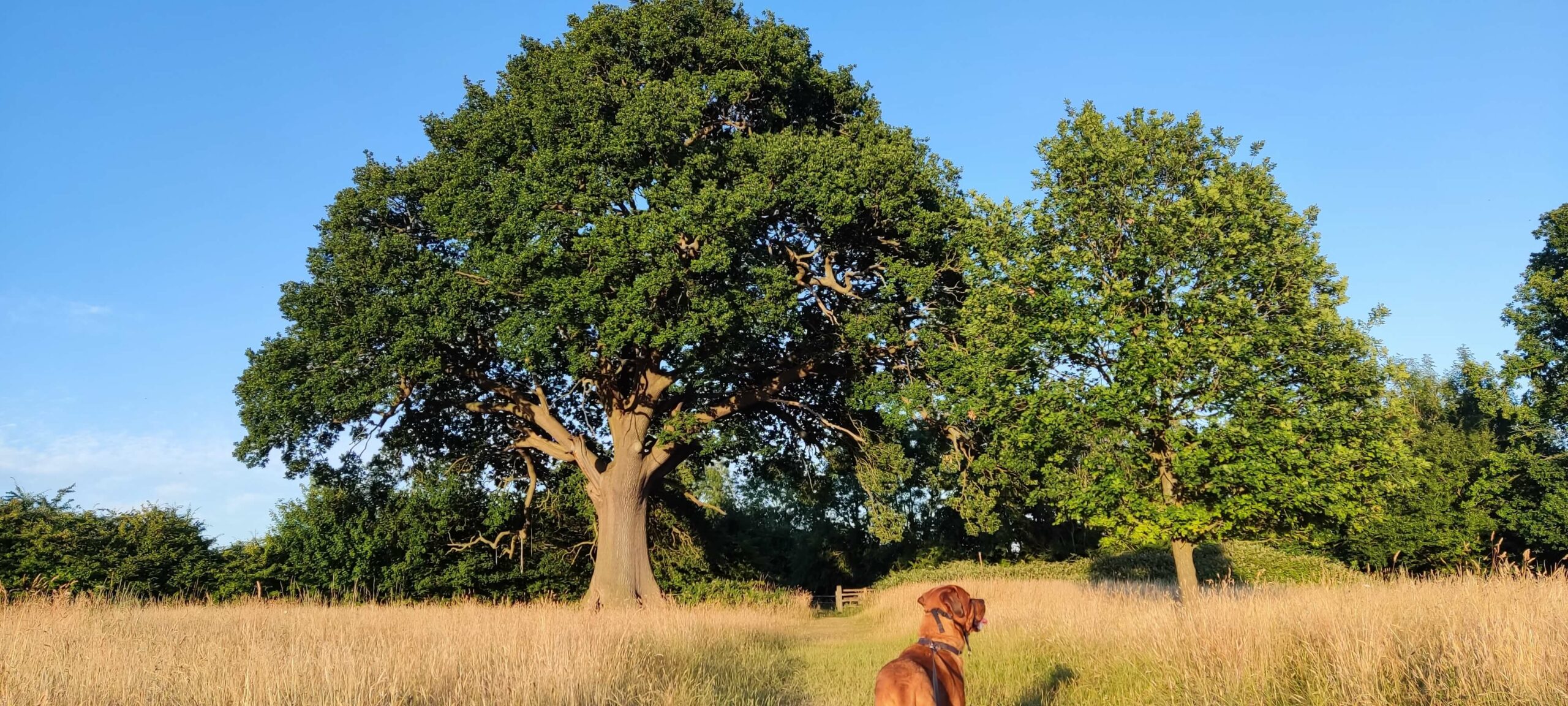
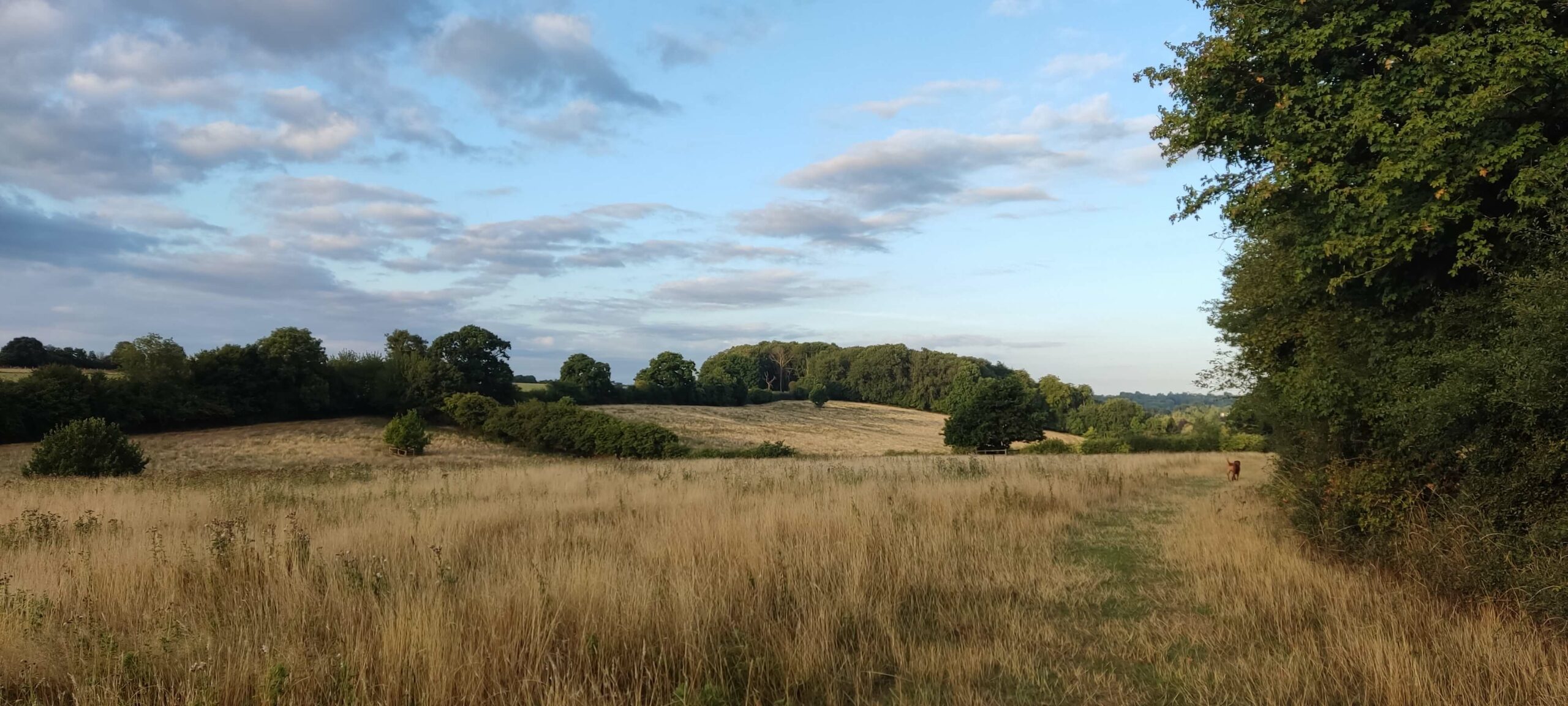
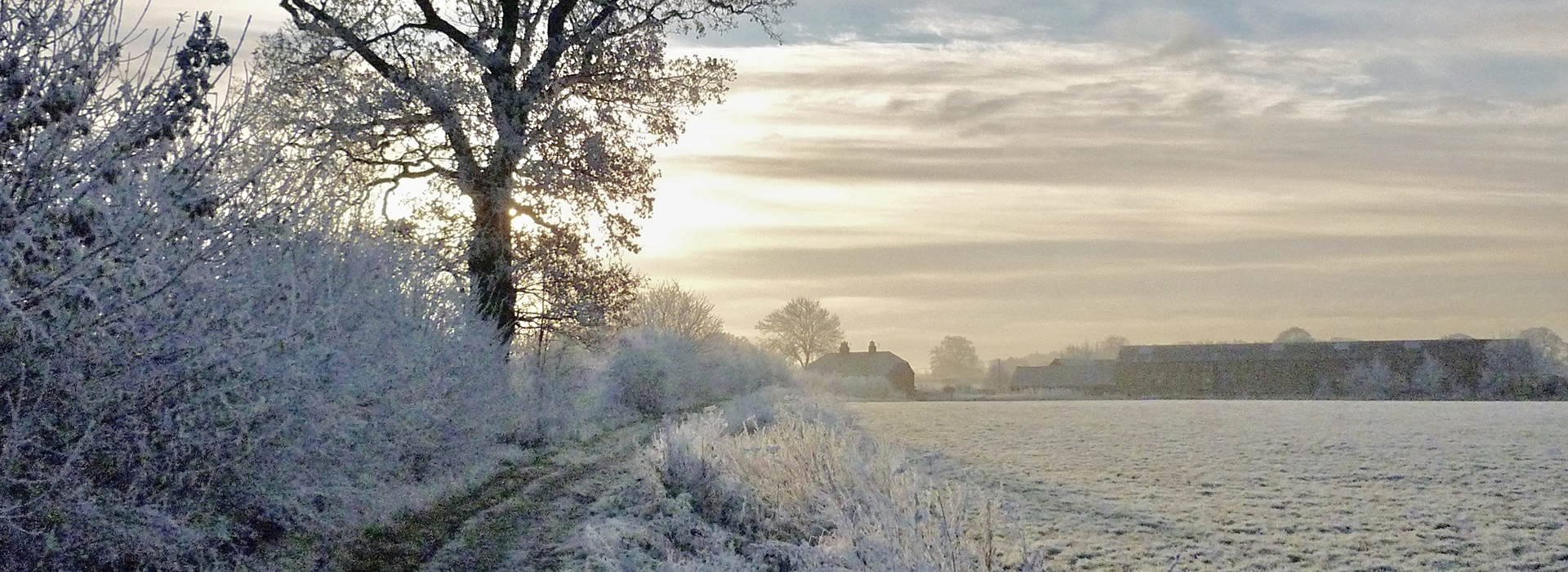


Friends of bunkers Park
Friends of Bunkers Park is a group of volunteers formed of local
residents who help to manage the Park’s growth and generally keep a watchful
eye on its development. The Friends are always ready to welcome new
volunteers and if you would like to be involved, or would like more
information, please call the LGVA Administrator on 01442 268273 or email your
contact details to lgvaoffice@gmail.com. Alternatively you can call Nash Mills Parish Clerk on 01462
735553.
The type of work we undertake ranges from hazel coppicing to tree
planting, hedge laying or clearance of undergrowth where necessary. All
work is supervised by an Officer from Dacorum Borough Council and all tools are
supplied. Also supplied are tea, coffee and light food including, if we
are lucky, home made cake. We usually meet once a month, alternating
between Thursdays and Saturdays, and work until around midday but there is
absolutely no compulsion to stay to the end.
Future sessions will be held on the following dates:
Thursday 19th December 2024
Saturday 18th January 2025
Thursday 13th February 2025
Saturday 15th March 2025
Thursday 17th April 2025
Saturday 17th May 2025
Saturday 21st June 2025
If you would like to join this sociable group for some light work please be at the car park between 9am and 9.15am where you will be made very welcome. This a great opportunity to help maintain this wonderful amenity, to meet new friends and to take some gentle exercise.
Cow Watch
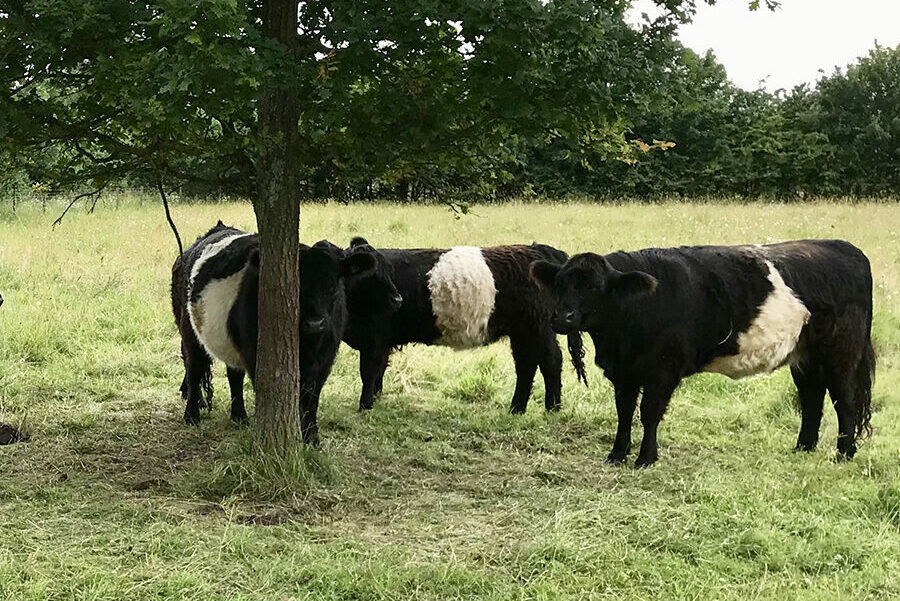
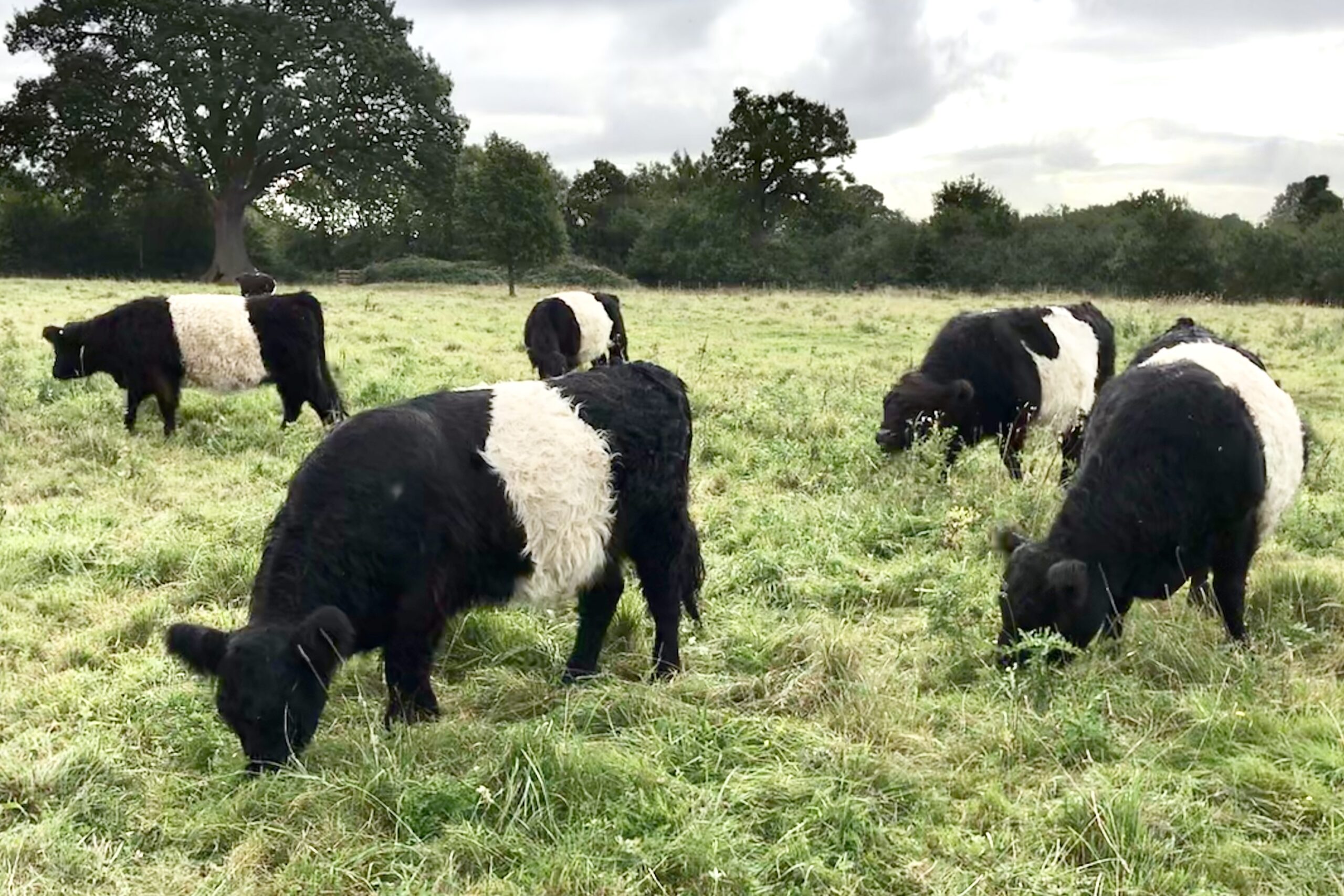


As mentioned above, the Boxmoor Trust maintains a herd of Belted Galloway cows which spend the winter at the Trust’s base near the A41. From Spring to Autumn the cows are moved out to pasture, and in recent years about six cows spend the Summer months in Bunkers Park. The cows are located in the three fenced fields comprising the ‘Mattens’ and are rotated across these three wild-life pastures.
Since the Boxmoor Trust has been using Bunkers Park, a team of local volunteers has checked have on well-being of the cows. The volunteers are organised on a rota to ensure the cows are at least daily. The aim is to check the cows look happy, the water trough is full and there are no obvious problems with the gates and fences. Any issues are reported to Bob Mansbridge at the Boxmoor Trust for further action. The cows are fitted with responder tags which enable their movements to be monitored via a mobile phone app. The rota is run by Roy Makins who is always looking for new volunteers and can be contacted on 07312 080302. The check provides a good opportunity to enjoy Bunkers Park and take some exercise. If you would like to volunteer, give him a call.
